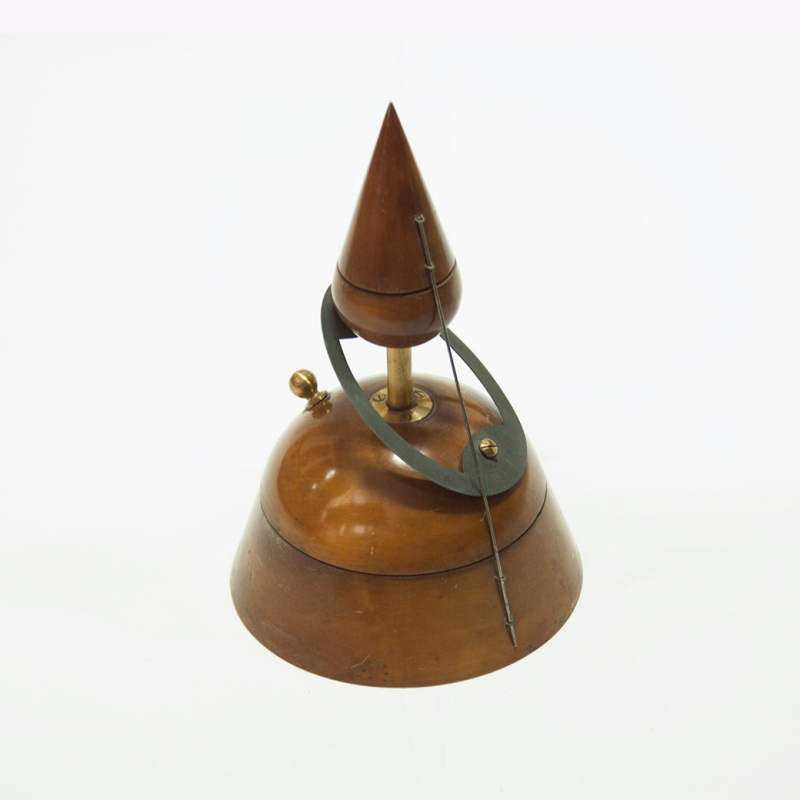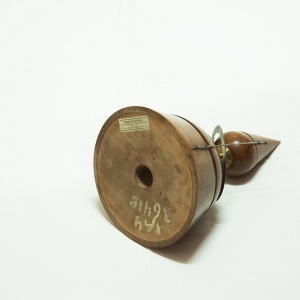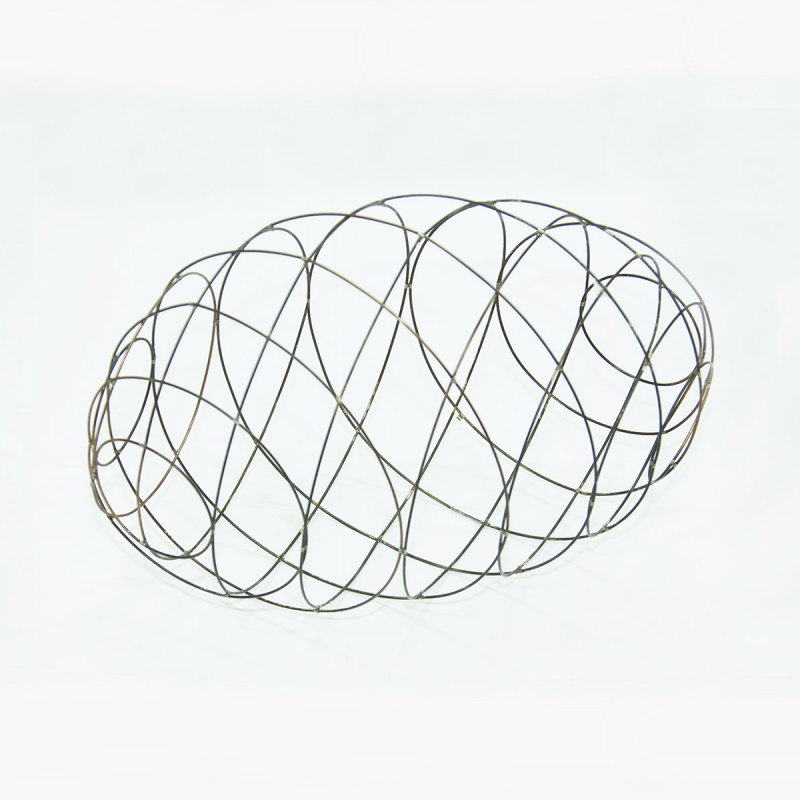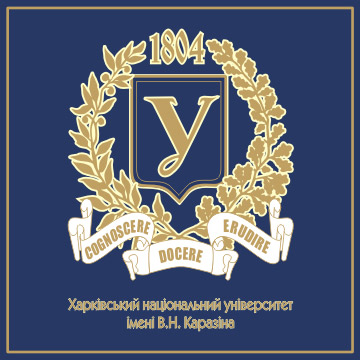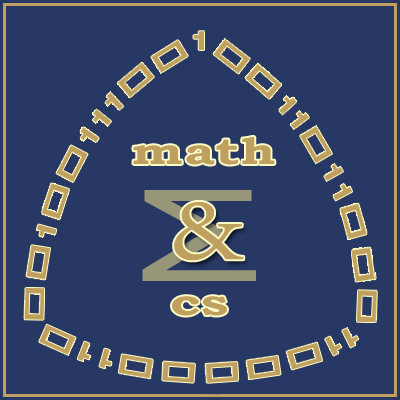Creation of Dandelin's construction begin with a cone $\mathcal C$, and imagine that a plane $\Pi$ has passed through the cone, making a bounded cross-section. Then we place two spheres $S_1$ and $S_2$ inside the cone, one above and one below $\Pi$, so that they are each tangent to the cone and to the plane simultaneously.
Dandelin's Theorem: $\Pi \cap C$ is an ellipse, and the spheres $S_1$ and $S_2$ touch $\Pi$ in the foci of this ellipse.
Proof: The first thing to notice is that the circles $S_1 \cap \mathcal C$ and $S_2 \cap \mathcal C$ lie in parallel planes to one another. In particular, each line passing through these circles and the vertex of the cone cuts off equal segments between the two circles. The next thing to remember is a property of tangents to spheres, namely, if two segments are drawn between a point and a sphere, and if the line containing each segment is tangent to the sphere, then the two segments are equal.

To prove Dandelin's theorem pick any ruling passing through the vertex $V$ of the cone. And let $A$, $B$ and $C$ be the points of intersection of this line with the first circle $S_1 \cap \mathcal C$, with $\Pi \cap \mathcal C$ and with the second circle $S_1 \cap \mathcal C$ . Since both the segments $\overline{VA}$ and $\overline{VC}$ are the same no matter what line through $V$ we choose, we must have that their difference, segment $\overline{AC}$, is always the same. Note that $\overline{AC}$ is the sum of $\overline{BA}$ and $\overline{BC}$.
If we consider the points $F_1$ and $F_2$ to be the points of tangency between $\Pi$ and spheres $S_1$ and $S_2$ respectively, then we must have $\overline{BA}$=$\overline{BF_1}$ since each segment is a tangent from $B$ to $S_1$. Likewise, $\overline{BC}$=$\overline{BF_2}$.
Therefore,
$\overline{BA}$+$\overline{BC}$=$\overline{BF_1}$+$\overline{BF_2}$.
But $\overline{BA}$+$\overline{BC}$ is constant, and so $\overline{BF_1}$+$\overline{BF_2}$ must be constant. The point $B$ is an arbitrary point on $\Pi \cap \mathcal C$, hence this intersection is an ellipse by definition. Moreover, $F_1$ and $F_2$ are its foci. The theorem is proved.
